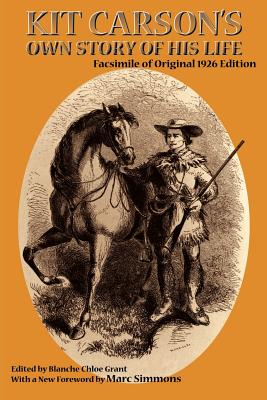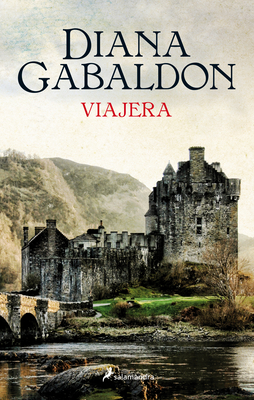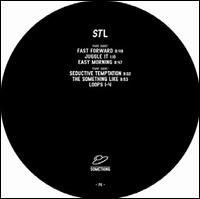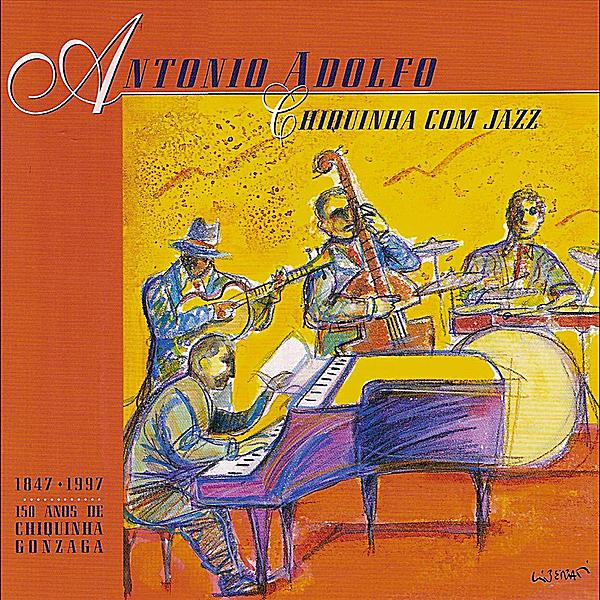
Carson, Kit
product information
description
pher "Kit" Carson ran away from his job as apprentice to a saddler in Franklin, Missouri and joined a merchant caravan bound for Santa Fe in the far Southwest. The flight marked his entry into the pages of history. In the decades that followed, Carson gained renown as a trapper, hunter, guide, rancher, army courier, Indian agent, and military officer. Along the way, his varied career as a frontiersman elevated him to the status of a national hero, on a par with Daniel Boone. In 1856, while at home with his family in Taos, New Mexico, Kit (being illiterate) dictated his autobiography, which dealt with the innumerable adventures he had experienced to that point. However, some of the most significant episodes in his life would unfold in the ensuing years, leading up to his death in 1868. Since Taos artist and writer Blanche Chloe Grant first edited and published the Carson manuscript in 1926, it has become the central source for all subsequent biographers. In 1935 Milo Milton Quaife annotated another edition under the title of "Kit Carson's Autobiography," published by Lakeside Press of Chicago, and afterward reprinted by the University of Nebraska Press. Western historian Harvey Lewis Carter followed suit with publication of the most heavily edited version yet, with his "'Dear Old Kit': The Historical Christopher Carson" (Norman: University of Oklahoma Press, 1968). Sunstone Press by electing to bring back into print Miss Grant's original 1926 book, regarded perhaps as the handiest of the three published versions, calls attention anew to this pioneering memoir of the celebrated Kit Carson.
member goods
No member items were found under this heading.
Return Policy
All sales are final
Shipping
No special shipping considerations available.
Shipping fees determined at checkout.







